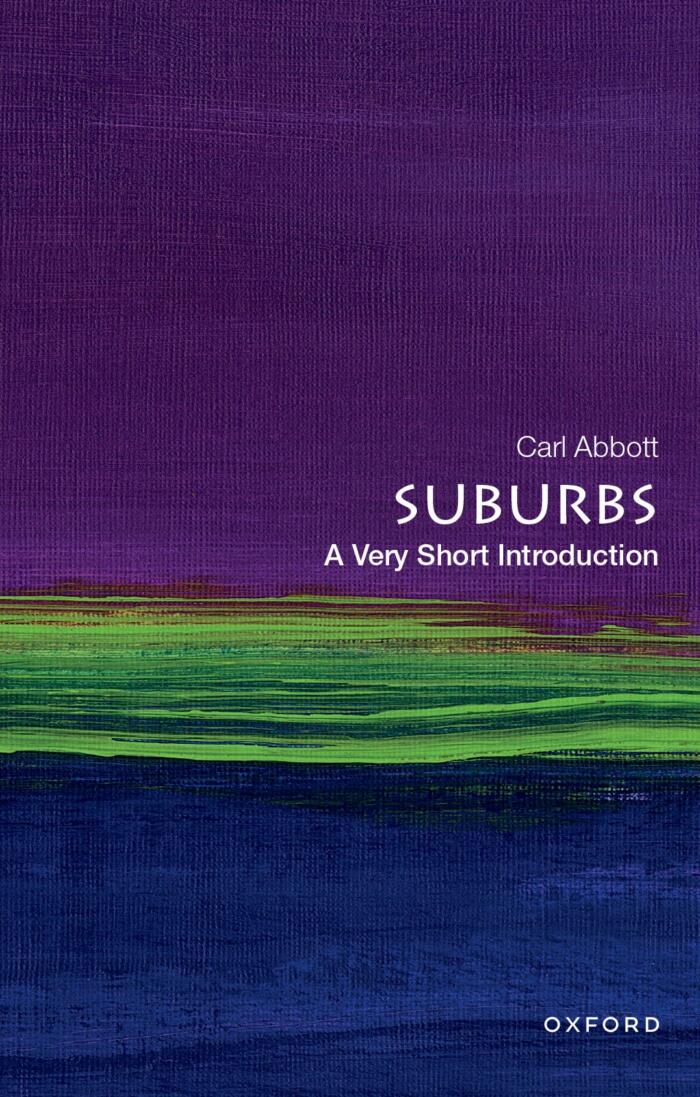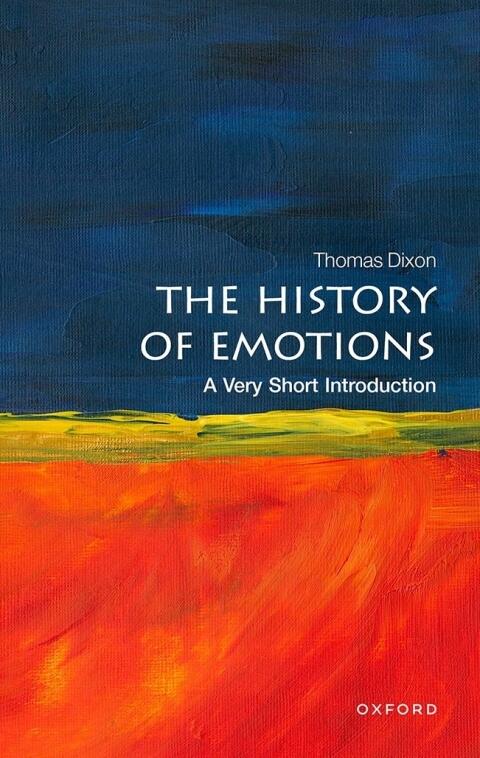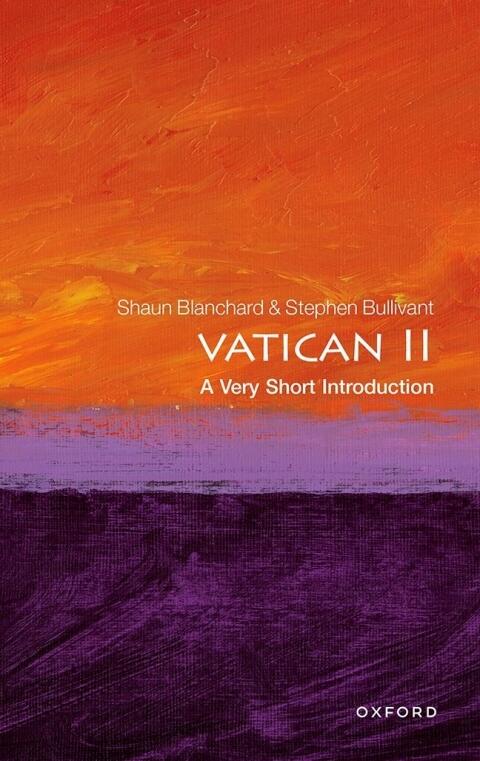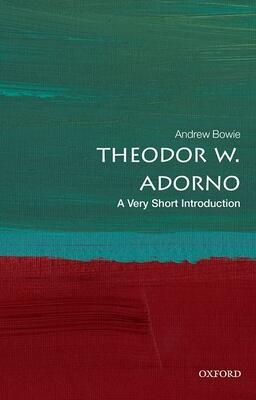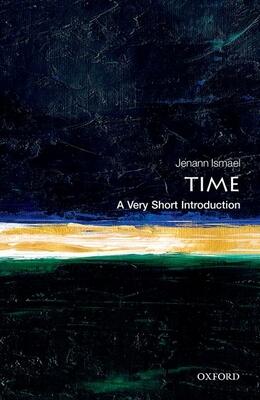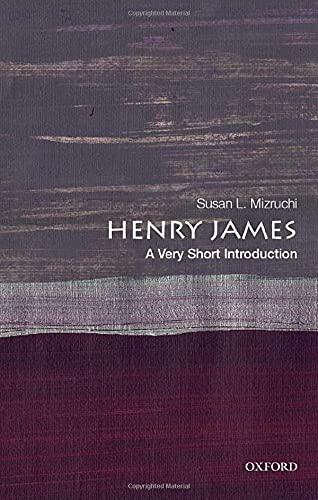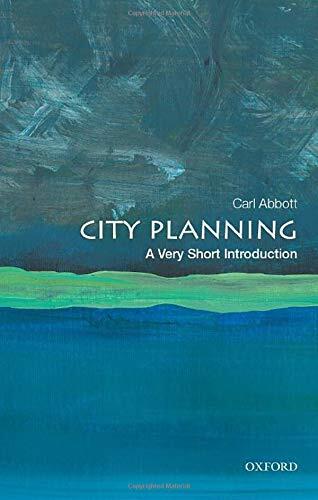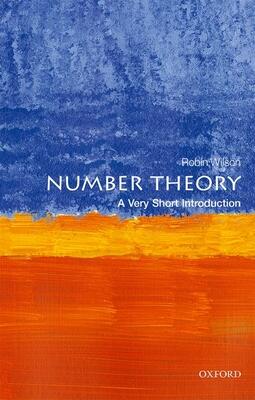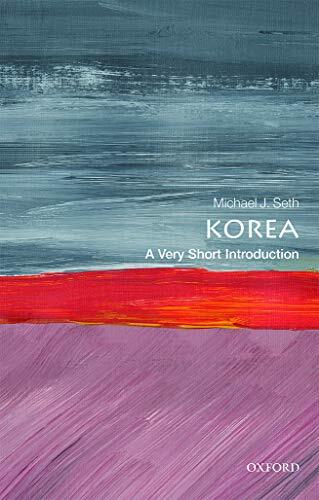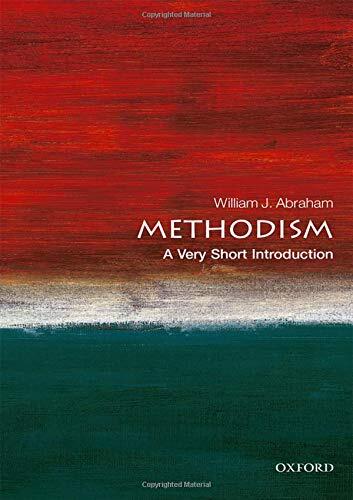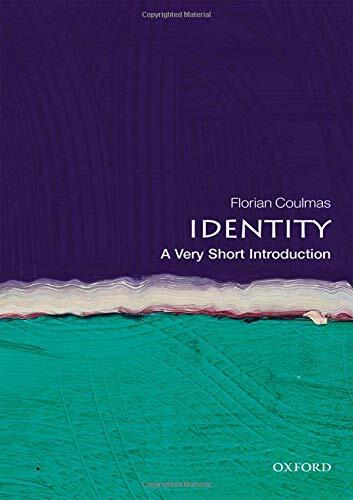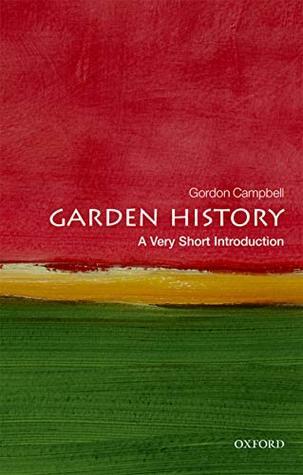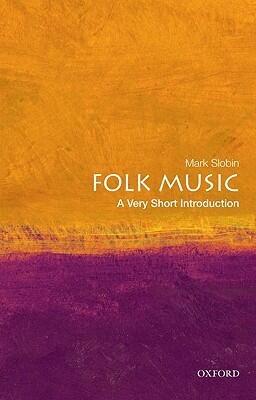
Folk Music: A Very Short Introduction
by
Mark Slobin
No ratings yet
Format
Paperback
Pages
144
Language
English
Published
Jan 13, 2011
Publisher
Oxford University Press
ISBN-10
0195395026
ISBN-13
9780195395020
Description
Folk music is a vibrant tapestry of cultural expression, reflecting the values, struggles, and stories of communities around the world. Mark Slobin explores the deep roots of this art form, revealing how it serves as a vessel for humanity's collective memories. The author delves into its evolution, tracing how traditional melodies have transformed over generations, influenced by changes in society and technology.
Through his engaging narrative, Slobin sheds light on the diverse genres and styles that fall under the umbrella of folk music. He examines the significance of oral traditions and the role of storytelling, emphasizing how these elements are essential to preserving cultural identity. The book highlights notable folk artists and movements that have shaped the genre, showcasing the passion and creativity behind the music.
Slobin also addresses the implications of globalization and commercialization on folk music, sparking a dialogue about authenticity and ownership. He thoughtfully considers how contemporary musicians are blending traditional elements with modern influences, ensuring that folk music continues to evolve while remaining connected to its roots.
Ultimately, this exploration of folk music invites readers to appreciate its power as more than just a genre. It is a living chronicle of human experience, capturing the essence of communities through song, rhythm, and shared emotion.
Through his engaging narrative, Slobin sheds light on the diverse genres and styles that fall under the umbrella of folk music. He examines the significance of oral traditions and the role of storytelling, emphasizing how these elements are essential to preserving cultural identity. The book highlights notable folk artists and movements that have shaped the genre, showcasing the passion and creativity behind the music.
Slobin also addresses the implications of globalization and commercialization on folk music, sparking a dialogue about authenticity and ownership. He thoughtfully considers how contemporary musicians are blending traditional elements with modern influences, ensuring that folk music continues to evolve while remaining connected to its roots.
Ultimately, this exploration of folk music invites readers to appreciate its power as more than just a genre. It is a living chronicle of human experience, capturing the essence of communities through song, rhythm, and shared emotion.
Reviews
Reading Log
No reading logs found
Start tracking your reading progress to see logs here
Add Your First Reading LogNotes
Transaction Log
No transaction logs found
Start tracking your book transactions to see logs here
Add Your First Transaction Log
